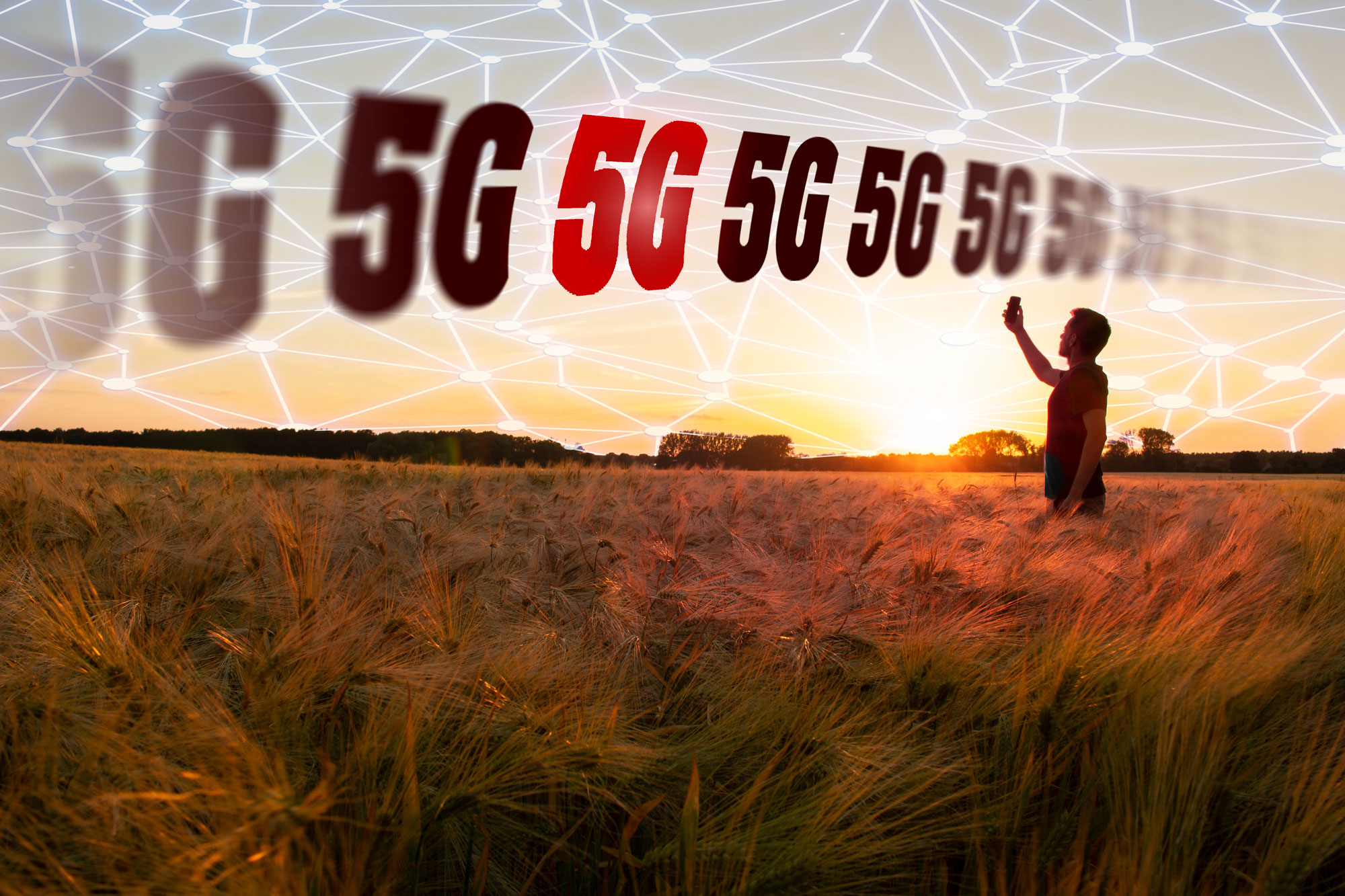There is just one question that everyone’s asking these days. How real is the promise of 5G? We all want outstanding, super-fast Internet that never goes down. It should not face any service or power outages regardless of any and every situation. This sounds like a dream come true but the truth is quite different. The reality is that the 5G service promise is only a promise for now. We need better infrastructures throughout the U.S to realize this dream.
What efforts has the government put in?
It is not going to be an easy task as it is going to cost a lot and the government will have to allow for a substantial amount in subsidies to make this possible. At the moment, 5G, whether in urban areas or rural ones is a farfetched reality. The FCC and other government institutions have been proclaiming the availability of 5G broadband networks to the people living outside metropolitan areas. There have been some developments as well with the recent proposals of the Rural Digital Opportunity Fund and LIFT America Act. The problem with all such proposals is that most get lost for ages within their relevant departments, buried under files.
For a proper deployment of 5G to rural areas, huge investments are required that can bring about a hefty change. You need Fiber cables and microwave links to make sure that these services can actually work and then to provide them to the population surviving in rural districts. Even if they are somehow able to do this, it will still take decades for the proper infrastructure installation and then the accurate deployment of 5G.
Which service is reliable in the rural areas right now?
The rural areas do not matter as much in the larger scheme of things and the best possible solution that is left is wireless satellite internet. There are no prior requirements for setting up a satellite connection. You just need a receiver that can catch wireless signals and you are good to go. There are only two ISPs, which are providing satellite internet throughout the U.S. One is Viasat and the other is HughesNet. Among those two, we find HughesNet a much better option because of its service reliability as well as overall coverage. You can check their details at https://www.localcabledeals.com/hughesnet/customer-service.
They offer simple and clear plans that offer fast consistent bandwidth over all of their packages. There are no price increments at any point in time and since you’re living at a remote location, changing your internet connection is not an everyday task.
Additionally, there is no need for extra equipment in case you want to connect multiple devices. An in-built modem is already included in all of their plans without extra charges.
What other factors are behind late/no deployment of 5G in rural areas?
Well, the simplest reason is money. There is no real money for telecom companies to earn from rural areas. They aren’t as densely populated as urban cities. Most people living in rural areas earn less and therefore, able to pay less as well. Having said that, it doesn’t mean that similar services should not be given to every citizen regardless of their locations and situations.
The revenue that any telecom company earns differs greatly between rural and metropolitan areas. That’s why they are not interested in making any investments where there aren’t many customers. Better services are available in only those areas that are either densely populated or have people with high incomes. Therefore, all the dark-blue areas that we see on the map will come first whereas, the light-green areas will have to wait long for their turn to receive any optimized services.
The initial trials of 5G are already introduced in dense areas but even those are just at their initial stage. The whole 5G infrastructure is going to take decades to install and then start working. Even then, higher revenue-generating areas will take precedence.
There are certain counties where there is more affluence. They do not have a huge population but tech companies know that there is money. People living in those areas are more than ready to pay handsomely for advanced technology and smart devices. While people living in rural areas may be more deserving of the 5G services, the priority is generally given to those who are merely status conscious.
Is 5G an absolute necessity?
Reasonably good bandwidth with reliable service is what is necessary for every citizen of the United States. We need the Internet for education during the ongoing pandemic for online classes. Then there is the need for remote healthcare, as it is already a huge challenge for rural areas. People living in remote locations do not have the same opportunities as their urban counterparts. However, they need the same facilities and utilities. There are small businesses that require strong bandwidth to stay in touch with the clients. They need the help of Internet technology for their business prosperity.
Right now, wireless Satellite is the only way all this can happen. Will 5G be helpful if it ever comes? Well, yes of course, but that is not happening anywhere soon. Relying on services like HughesNet that are present and can actually work is the best bet for anyone living in rural areas.





